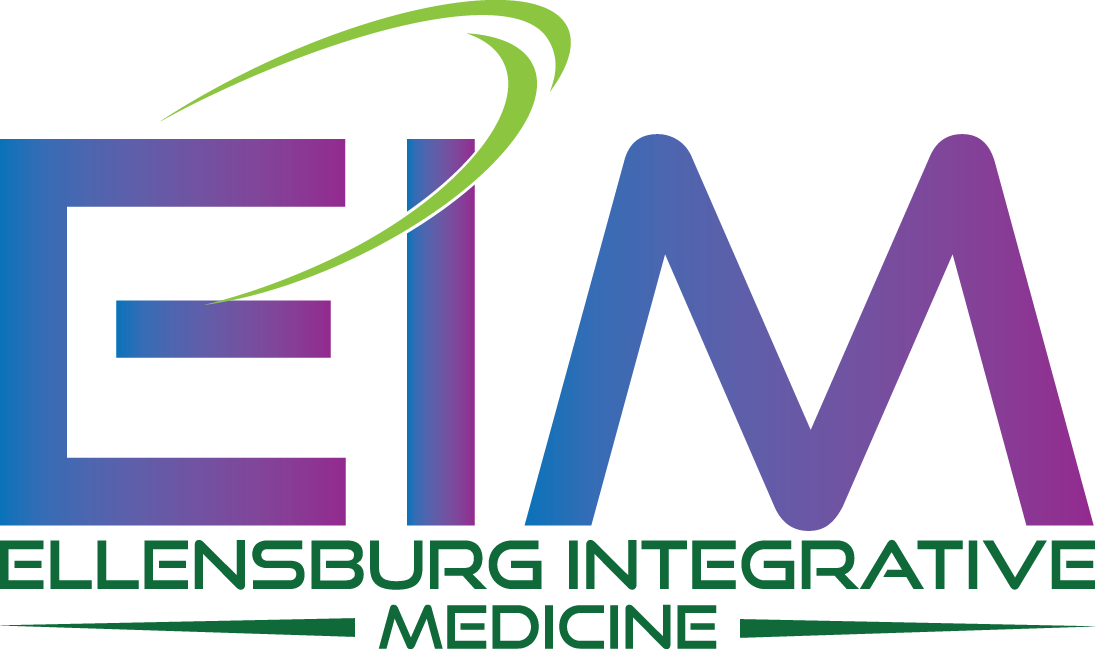In the past, patients may have been prescribed bed rest by their family doctor for low back pain. These days, treatment guidelines recommend staying active during the recovery process. Why the change?
There are two types of muscles in the back: the superficial muscles and the deep muscles. The superficial muscles are used to perform motions like bending and twisting. These muscles are strengthened by exercise that places stress on the muscles, like lifting weights. The deep muscles help stabilize the spine and maintain posture, and physical activity helps keep them in shape.
When a person goes on bed rest, the muscles in the back will weaken and begin to atrophy. As activity is resumed, the body will recruit the superficial muscles to help stabilize the back. Because the muscles are not adapted for this function, the superficial back muscles will tire more easily, and in the presence of deep muscle weakness, normal movement will be impaired. This can place abnormal stress on the structures in the spine and other parts of the body, increasing the risk for additional musculoskeletal injuries.
Bed rest can also affect the disks that act as “shock absorbers” in the spine. In one study, researchers recruited 72 middle-aged adults and assessed their physical activity levels in the preceding years based on how many days they engaged in strenuous activity every two weeks: active (9 to 14 days), moderately active (1-8 days), or inactive (0 days). About one in five (21%) were classified as active, half (53%) were described as moderately active, and the remainder (26%) were inactive. The researchers also performed an MRI on each participant and gathered information on low back pain-related pain and disability.
The results clearly showed that physically inactive individuals were more likely to have back pain, reduced function, loss of disk height, and fat build-up in their back muscles. The research team concluded that getting regular, regimented exercise throughout life is important for reducing the risk of back pain.
There are very specific exercises that help strengthen the deep, low back stabilizing muscles. Doctors of chiropractic regularly prescribe exercise to address an acute flair-up of LBP and to help prevent future occurrences.
Ellensburg Integrative Medicine offers Regenerative Therapy, Physiotherapy, Holistic Medicine and Chiropractic Care in the Ellensburg area. Our healthcare providers work closely with patients to create treatment plans unique to each individual’s needs. Schedule a consultation today to discuss a treatment plan for you!

